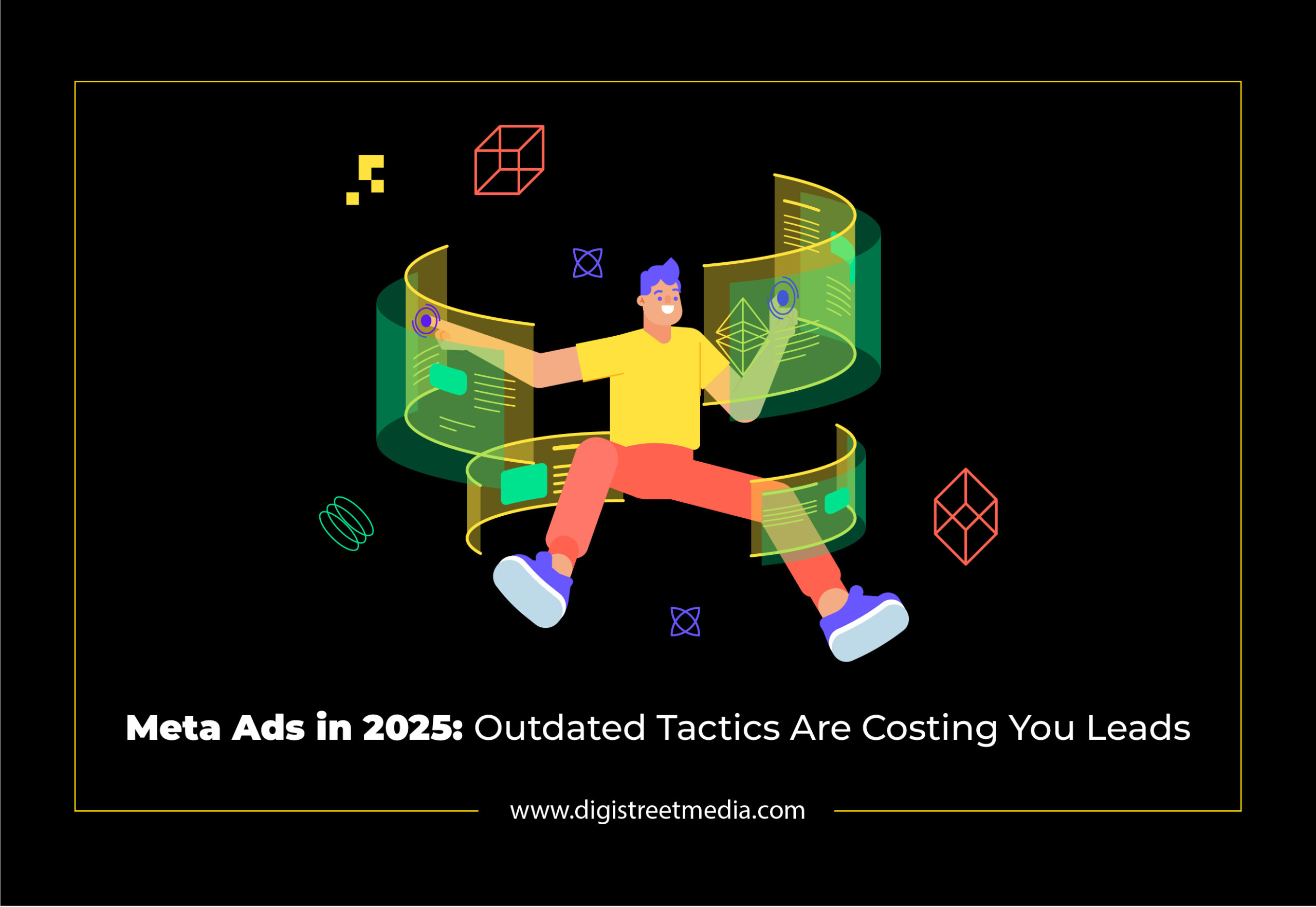Why Your Old Meta Ads Strategy Isn’t Working Anymore (And What to Do Instead)
There was once a time where it was just a matter of casting a big net when launching Meta ads (previously Facebook ads). General targeting, clickbait creatives, and a basic lead form were plenty to generate a consistent flow of leads. That is no longer the case anymore.
The playing field has evolved—and so does our strategy.
Meta’s ad algorithm is different now. Competition is higher. Users are more cynical and have shorter attention spans. Something that worked a year ago now can blow your budget with very little to show for it. To succeed now, you need strategy, framework, and experimentation.
Let’s dissect how to advertise on Meta the new way—so you can finally stop flushing money down the drain and begin generating quality leads.
1. Targeting: From Broad to Laser-Focused
Old practice: “Let the algorithm find the audience.”
New practice: “Help the algorithm by being intentional.”
Begin by creating several specific ad sets. Consider your dream customer: their interests, behaviors, job titles, and pain points. Don’t use one broad audience—build different segments and test them.
Test these ad sets with small budgets in order to discover your hero—the one bringing the best cost-per-lead with high relevance.
2. Creatives: Test, Don’t Guess
Old practice: One show-stopping creative and done.
New practice: Several creatives, tested for performance.
Different audience segments might respond to different messages. So, test various formats—videos, carousels, single images—and hooks (emotional, informational, direct). Observe what pulls in attention and engagement, and then bet big on the winners.
3. Content: Static Is Out, Real Faces Are In
Old practice: Stick to static images and graphics.
New practice: Use videos—particularly ones with actual humans.
With today’s advertising landscape, content isn’t about looks—it’s about relating. Video content is working better than ever, particularly when it includes a human face. Why? Because people trust people. A smiling face describing your product creates instant credibility and makes your brand feel more genuine.
Experiment with short, mobile-first videos that feel native to the platform. Be natural, straightforward, and problem-solving. Even a 15-second talking-head video can beat a slick graphic ad.
4. Lead Forms: Introduce Friction for Quality
Old practice: Make the lead form as simple as possible.
New practice: Include qualifying questions to enhance lead quality.
Yes, fewer individuals may finish a more extensive form—but those who do will be more committed. Apply clever filters such as:
-What service do you want?
-How much do you spend a month?
-When do you intend to start?
These prompts enable you to define hot leads and eliminate the noise.
5. Landing Pages: Keep It Crystal Clear
Old habit: Overstuff it.
New habit: Make it concise, focused, and actionable.
Your audience needs to know in five seconds:
– What the offer is
– Why it’s important to them
– How to take the next step
Don’t use jargon. Use bullet points. Add a brief explainer video if necessary. And make your contact form or CTA button hard to ignore.
Final Thoughts: Think Like a Funnel, Not a Firehose
In 2025, Meta ads are no longer about throwing money at a large audience and hoping for the best. They’re about crafting a smart, deliberate funnel—one that’s tested, optimized, and derived from how real people actually behave.
Begin with targeted targeting. Employ video content that includes human faces. Test various creatives. Qualify leads through your forms. And make your landing page easy to comprehend.
Yes, this new way takes a bit more work—but it results in much better outcomes. More trust. More conversions. More return on your ad spend.





